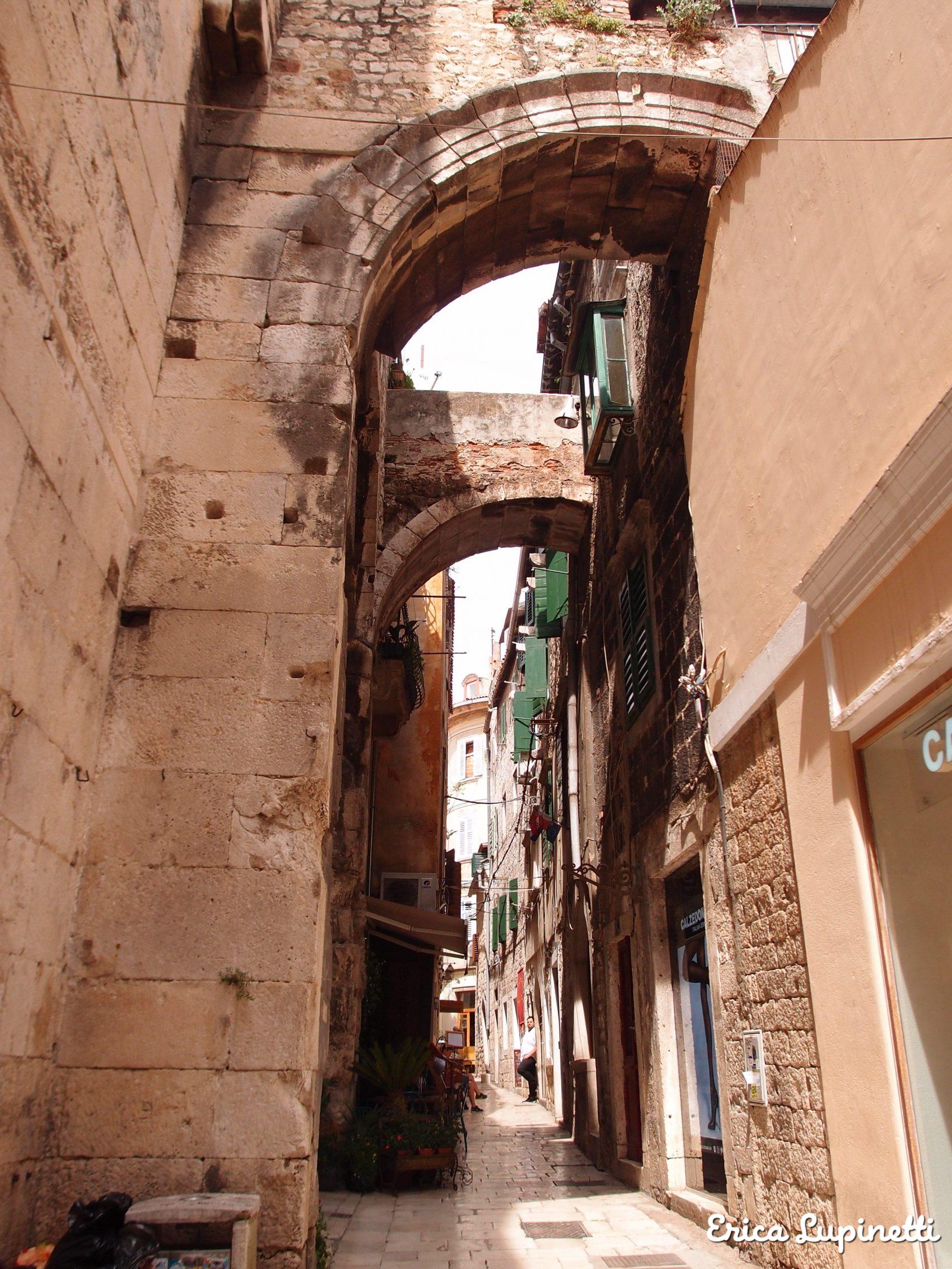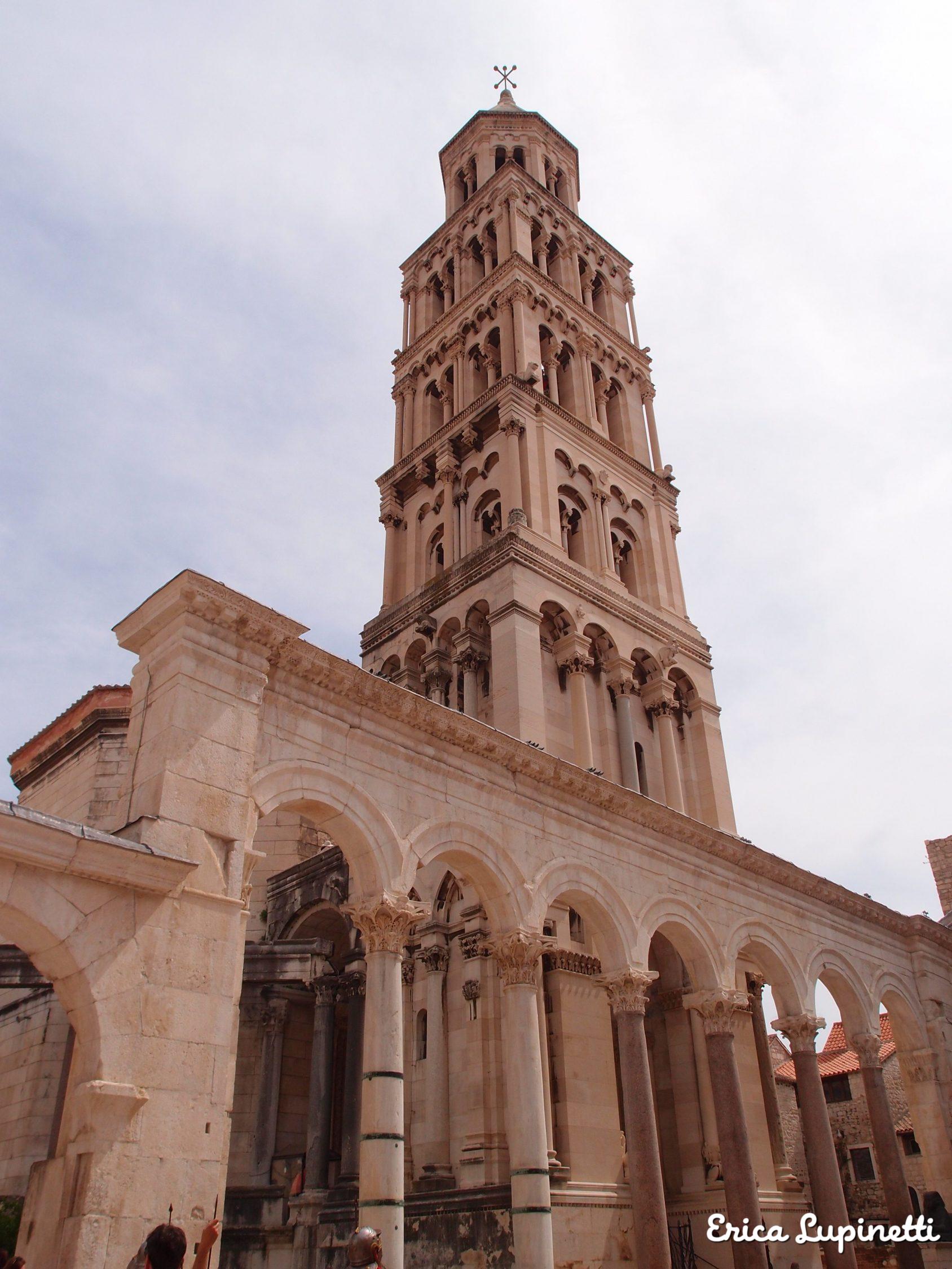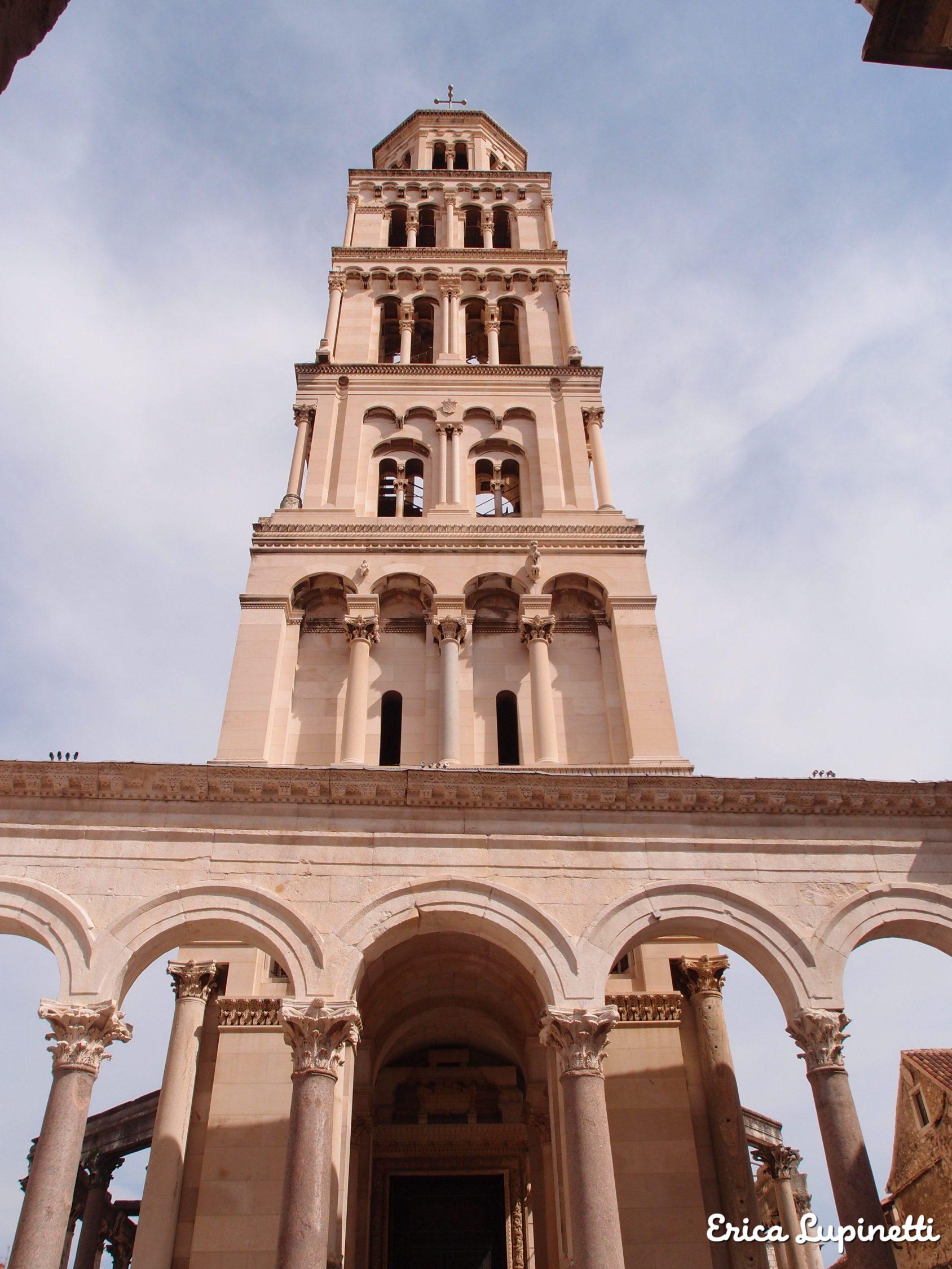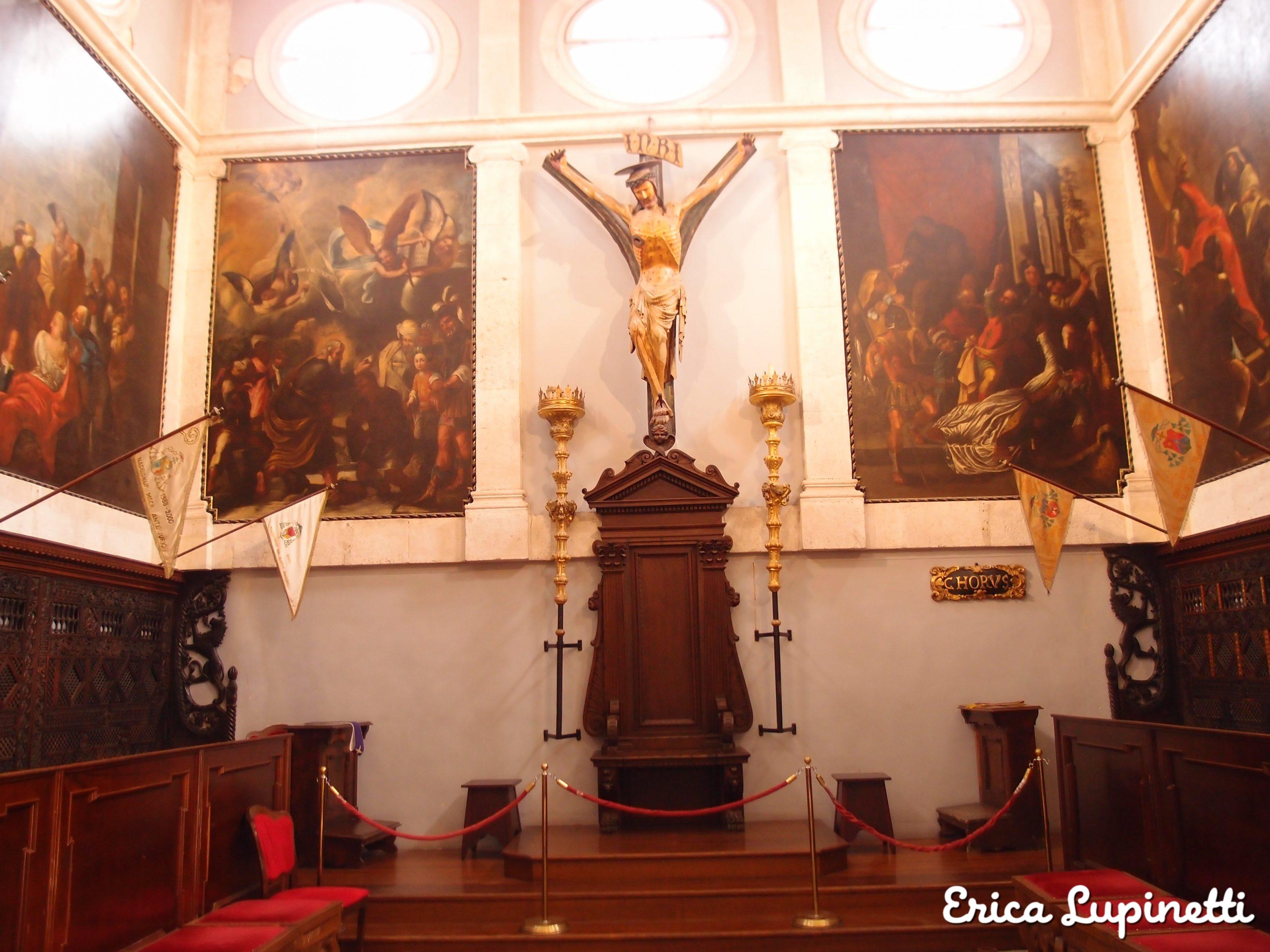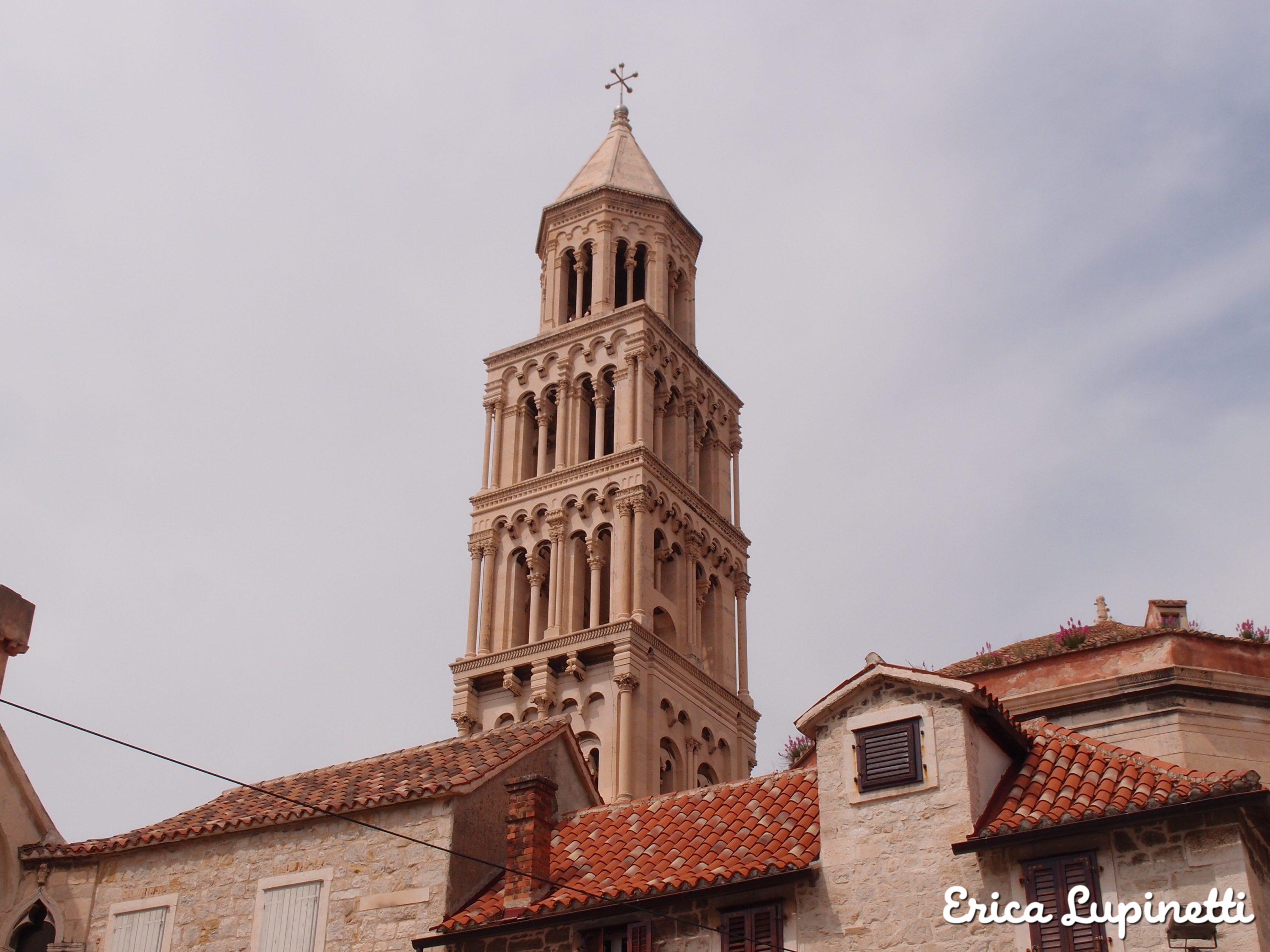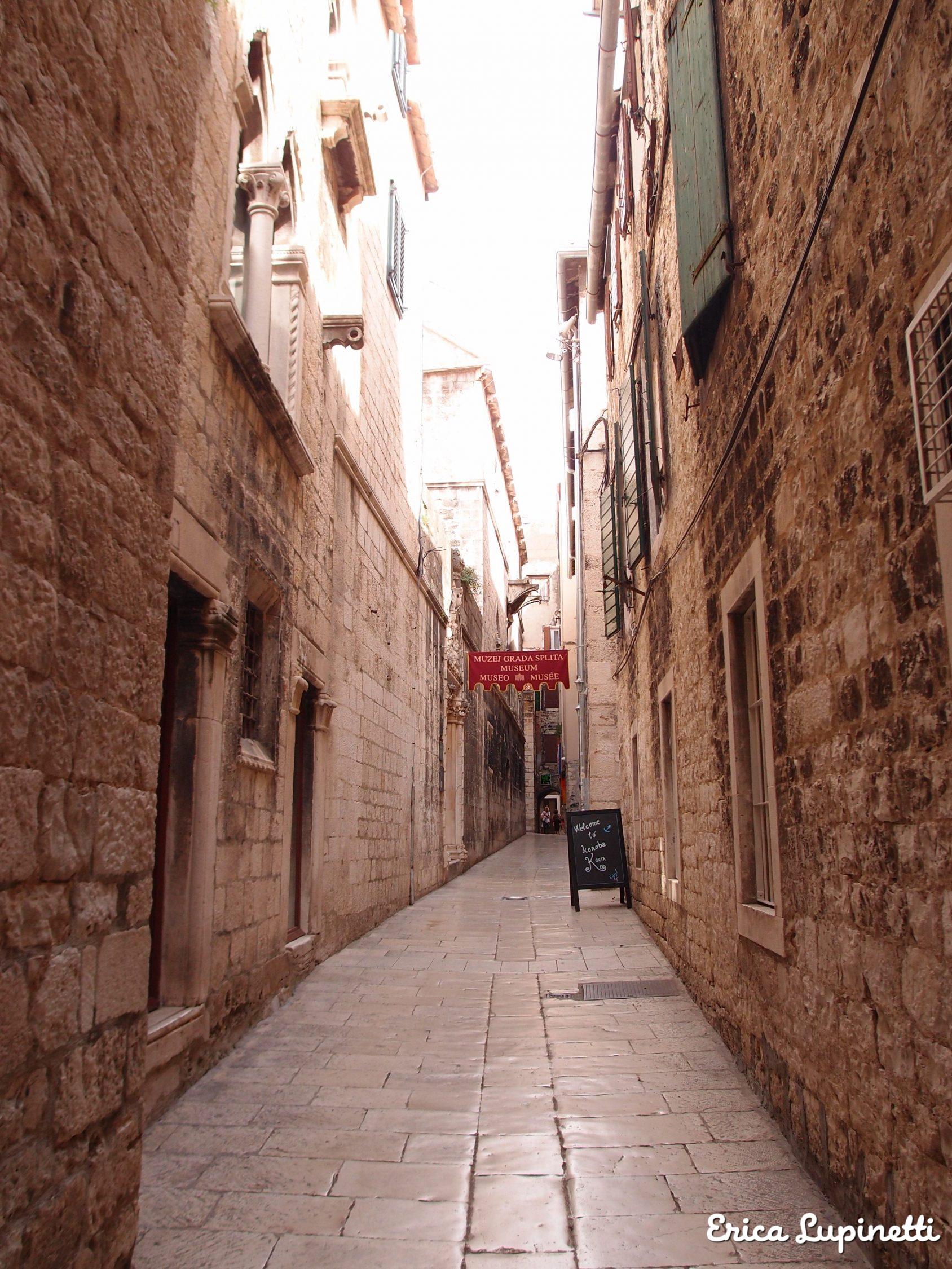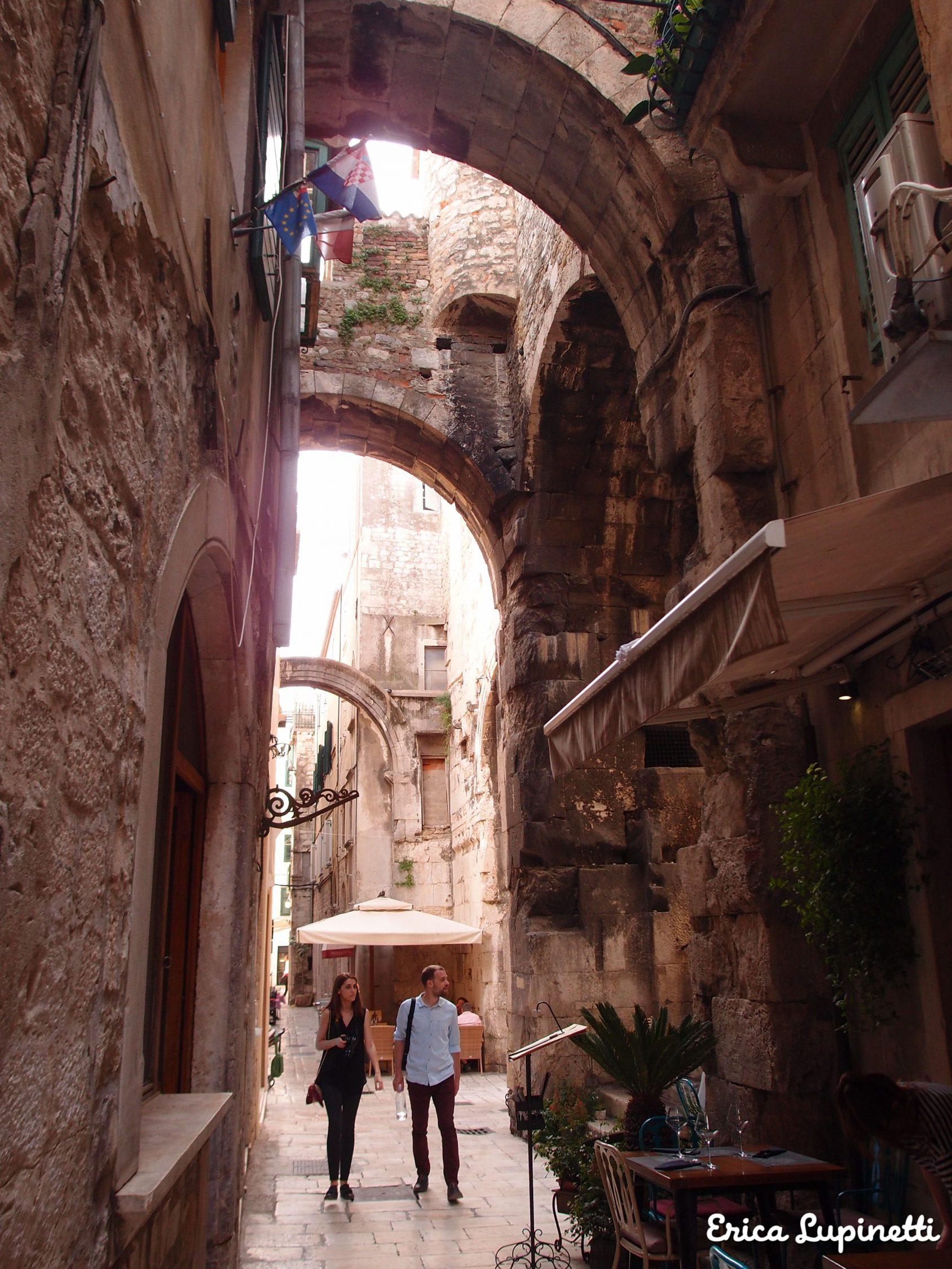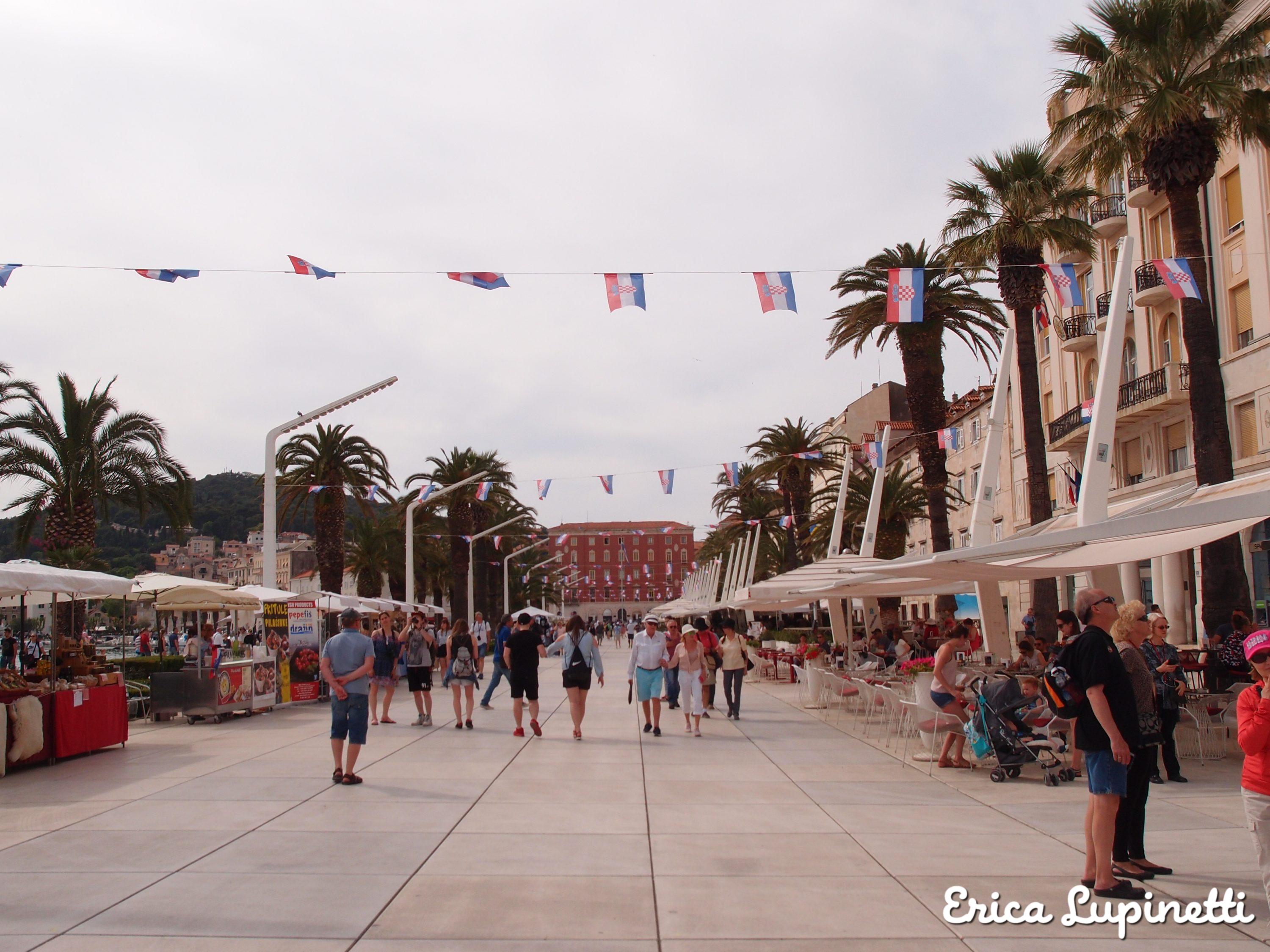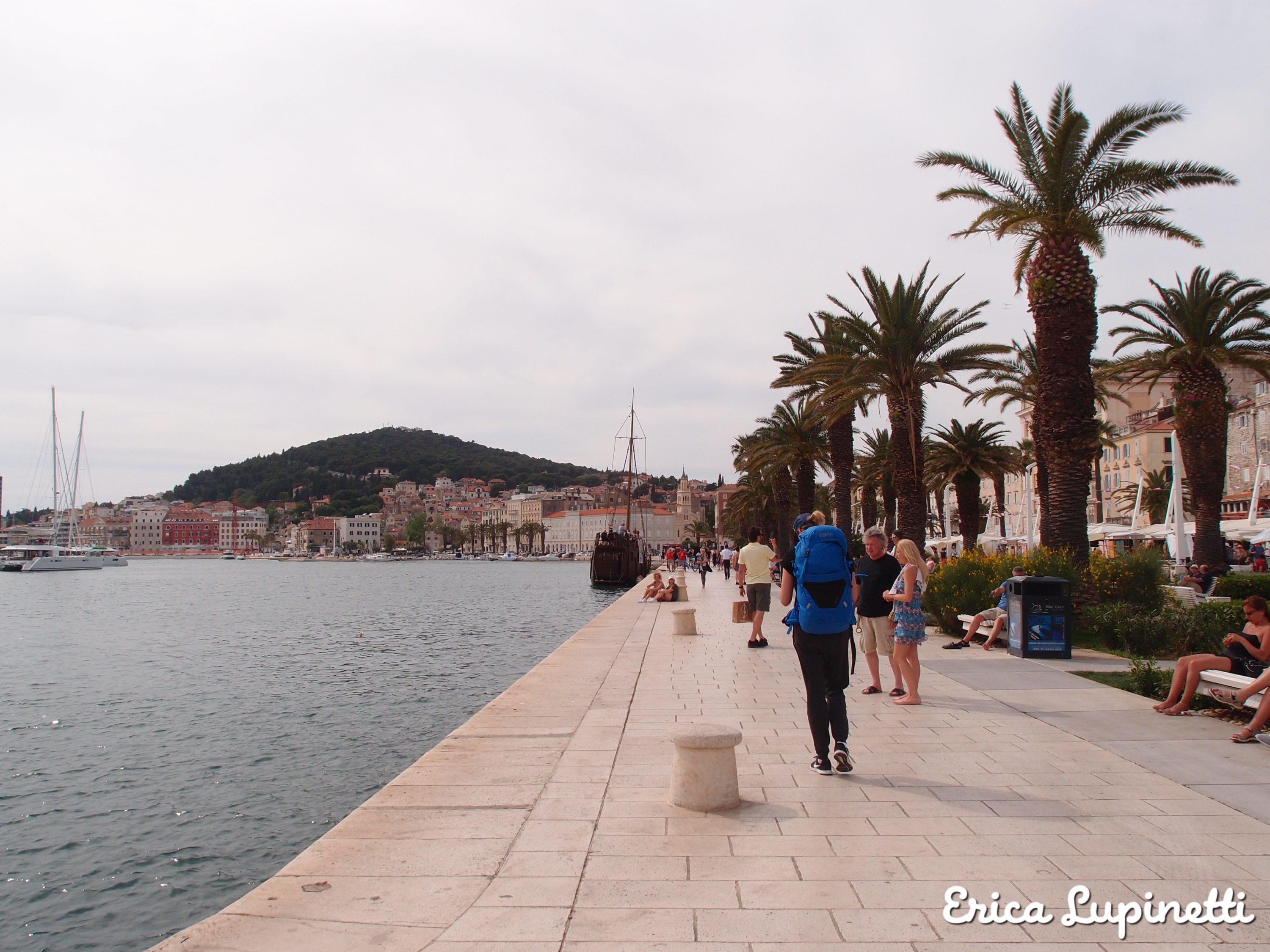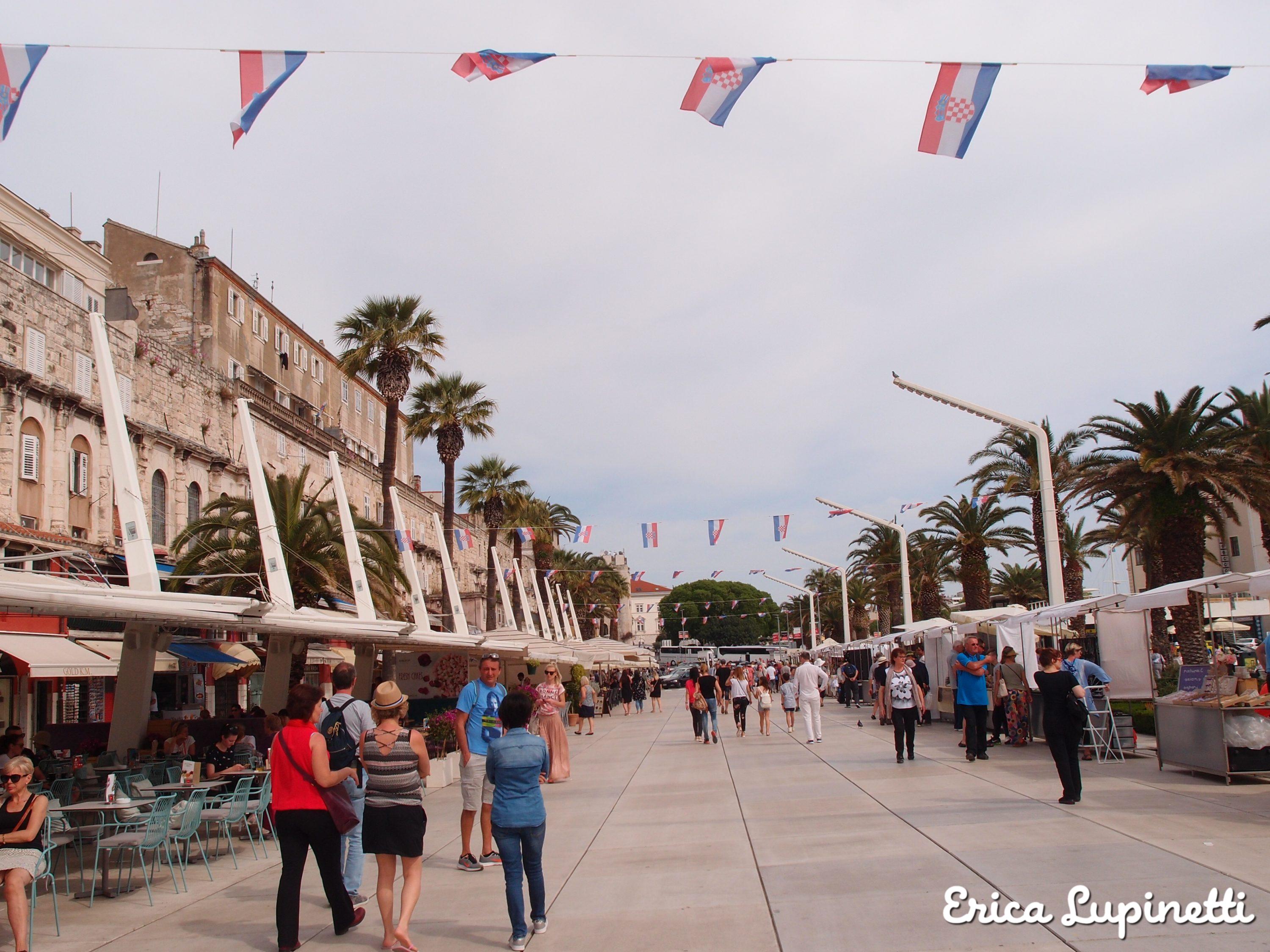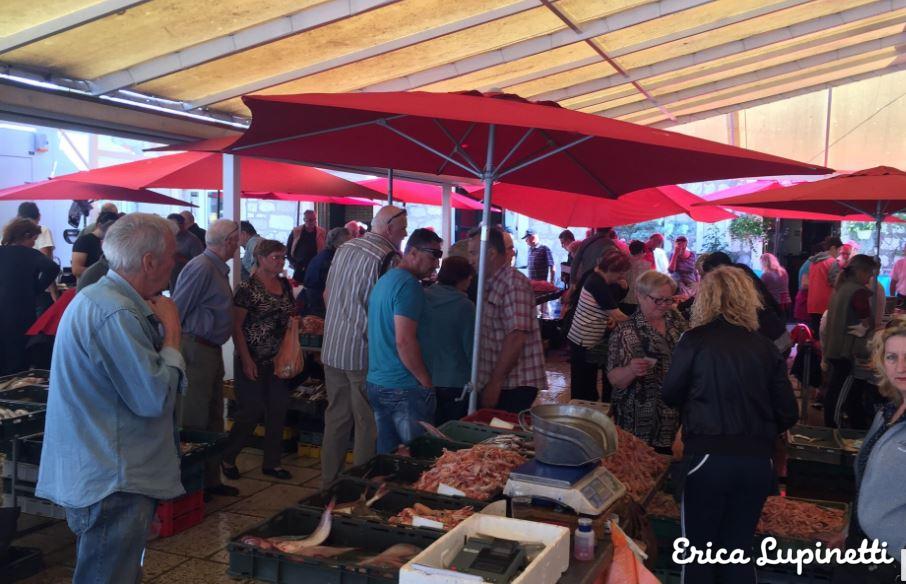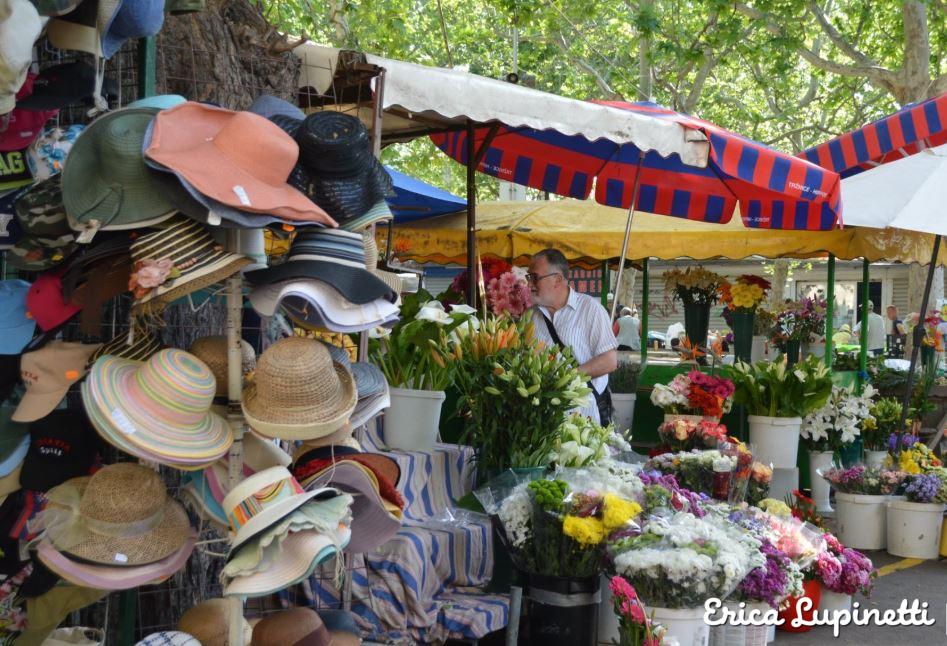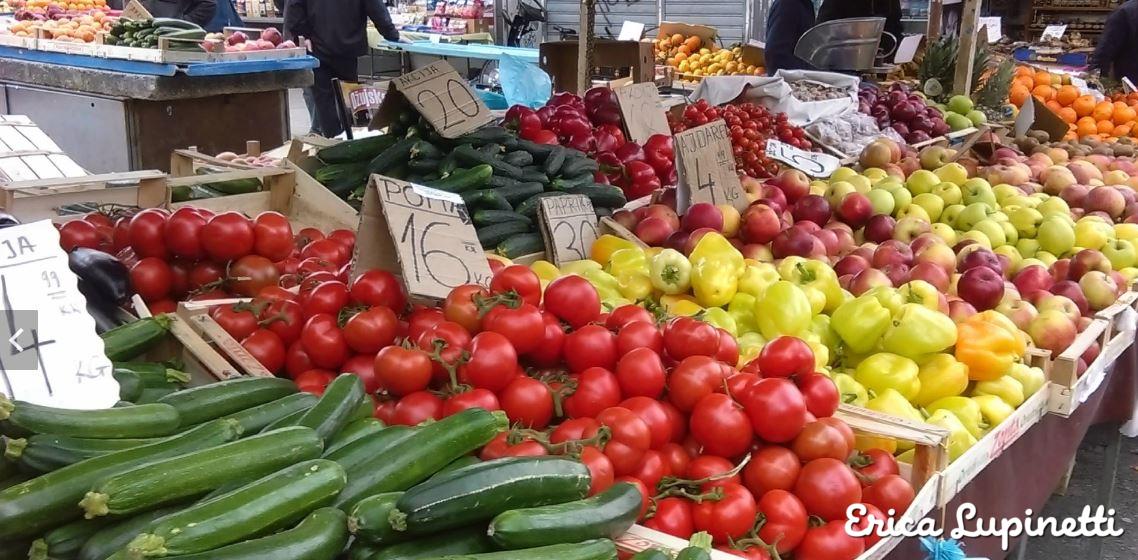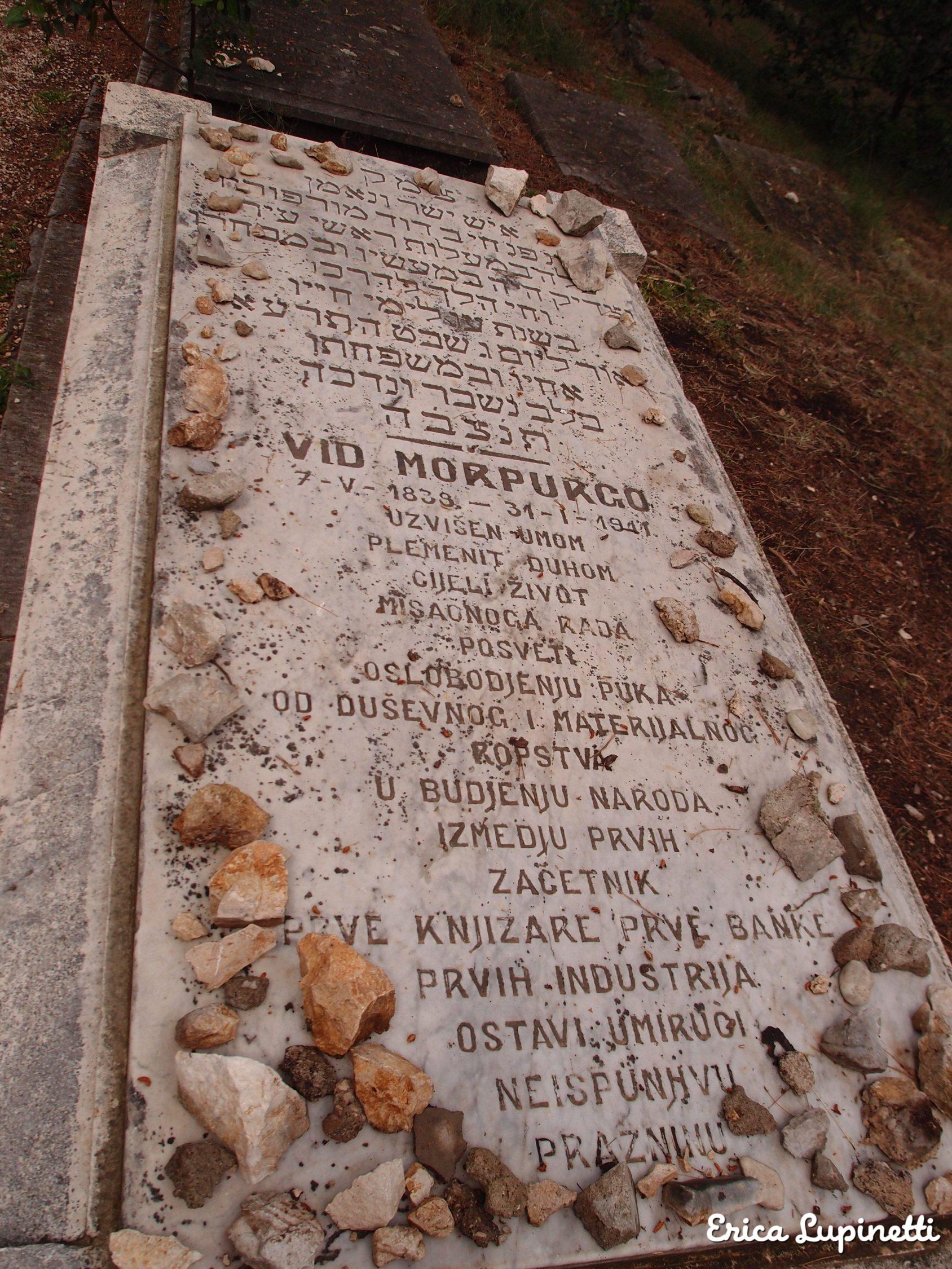The Second Largest Croatian City and the Perfect Island Hopping Starting Point
Split is the largest city of Dalmatia with its 250 000 inhabitants and the perfect starting point for exploring the region. This popular tourist destination was once a Greek colony called Aspálathos (Aσπάλαθος) founded in the 3rd or 2nd century BC and later occupied by Romans who built the Diocletian’s Palace for the emperor in AD 305 and called it Spalatum or Aspalatum in Latin.
This city has been named in many different ways according to its invaders: under the Byzantine and Hungarian period the Croatian term became Split but the Venetian-Italian one was Spalato which became internationally used between 16th to 19th century. Then Split was increasingly used and officially replaced Spalato after World War I.
Today Split features an elegant white Old Town home to the UNESCO awarded site, the Diocletian’s Palace, nestled in the middle of white-stoned narrow cobble-stoned lanes. This city it the perfect fusion of modernity and ancient charm and stars the perfect city-centre size to walk around the scenic streets populated by families and couples strolling along the Riva promenade with ice-creams, eating on the terrace at bars and restaurants or doing some shopping.
At every turn you will discover temples, cathedrals, squares and Roman ruins that will make you travel back in time. In addition to this, Split’s landscape is astonishing featuring coastal mountains mirroring in the limpid Adriatic waters.
Today Split features an elegant white Old Town home to the UNESCO awarded site , the Diocletian’s Palace, nestled in the middle of white-stoned narrow cobble-stoned lanes.
I had only two days to make the most of the city and here are Split’s Highlights when time is short:
1. Diocletian’s Palace
In the heart of the Old City lay the most important monument not to be missed considered as one of the best kept Roman ruins in the world. Emperor Diocletian retired here after his throne resignation to retire in the Illyrian province of Rome. The 30,000 square meters complex was composed of a fortress, which is now occupied by the Old Town’s restaurants, shops and apartments.
Not much is left in Split from the era of Diocletian – only the palace, the remains of walls, Corinthian columns , the four gates, the Cardo (one of the main palace’s street) and the cellar. Diocletian’s cellars in the palace are part of an exceptionally well-preserved complex which was used as the storage area for the palace. Today, the main passage is lined up with small shops selling jewellery, gifts, postcards, souvenirs etc and occasionally host exhibitions and social events.
Calling at Game of Throne’s fans: the cellar was the filming site (where Daenerys kept her dragons here when she was in Meeree). The palace was built from local limestone and white marble which creates atmospheric effects especially at night when Roman actors wearing togas perform in the peristyle, the centre of the palace, under the moon light.
2. The Old Town
The first inhabited part of Split outside Diocletian’s palace, is now the the city center. Narodni trg – Pjaca Peoples square, is the vibrant heart of the city starring the old town hall, a Gothic style building and presents beautiful palaces where noble local families used to live. For centuries, Pjaca is the center stage of the city life, there is a Gothic building of the old town hall, now the exhibition space, still beautiful and preserved palaces at the edges of Pjaca where Split noble families used to live.
On the West side of the palace you can admire the Trg republike Prokurative – Republic Square, a colourful square hosing cultural events which reminded me of Piazza San Marco in Venice because of the Renaissance style and colours.
Last but not least, visit Sveti Duje – St. Dominus cathedral to enjoy the best panoramic views from the bell tower paying a small fee. Residents have raised this stunning bell tower between the 13th and 16th centuries and obviously soon became the symbol of the city. Saint Dominus was the patron saint the city of Split which is celebrated on the 7th of May every year. This worship site, is one the best preserved Catholic churches which originally served as Diocletian’s mausoleum. Note that the cathedral entry ticket includes admission to its crypt, treasury and the Temple of Jupiter.
3. The Riva Promenade
The most popular and beautiful pedestrian area, the Riva promenade is probably the first city highlight you will visit without even knowing it. Located on the seafront, this blinding white seafront area is the perfect area to walk under the palms, have a n isce cream or just sit on a bench and talk watching the sunset. You will find tourists and locals running, strolling around or sitting on the restaurants and bars overlooking the dazzling blue waters.
4. Split’s Markets
On the east side of the Palace, a great local market of fresh fruits and vegetable is the Pazaar Green Market running along Hrvojeva Street . Local farmers come here to sell seasonal products at reasonable prices, but they inflate remarkably especially during high season due to the strong tourists’ presence. You can also find other types of goods such as cheap China clothes and souvenirs. If it’s fresh fish that you are looking for then you should go to the Ribarnica market eight minutes walking away on the West side of the palace. To have plenty of choice, the best is to come before 08:00 AM.
5. Marjan Hill
At the end of the Riva Promenade on the West side, you will find the way to reach this green oasis and one of the best area in town to relax and take great pictures of Split and the surrounding hills. Locals come here to walk, run and enjoy some peace and quiet while admiring the magnificent colours of the Mediterranean sea.

The best period to visit Split is either spring time if you want to avoid the crowds when flowers start to blossom and mild temperatures will allow you to explore the city highlights and nearby forts and villages or summer time if you prefer to explore the nearby beaches and bathe in warm waters. Just consider that hotel and accommodation price will skyrocket during peak season so book in advance!

We stayed in small but modern and cosy apartment called Guest House Babina, close to the Riva Promenade and right in the Old City, that I feel like recommending. I felt like a local when walking down the small street to go to the nearby supermarket to buy some groceries.

If you have more than a couple of days, you should visit Trogir, a gorgeous historic town built on a small island between the Croatian mainland and Ciovo island and part of the UNESCO Heritage. For scenic views visit Klis Fortress, a medieval rocky defence construction 5 Km away from the Old Split’s Town that has been recently used as a film setting for some Game of Thrones’s scenes.
This post contains affiliate links at no extra cost for you!

